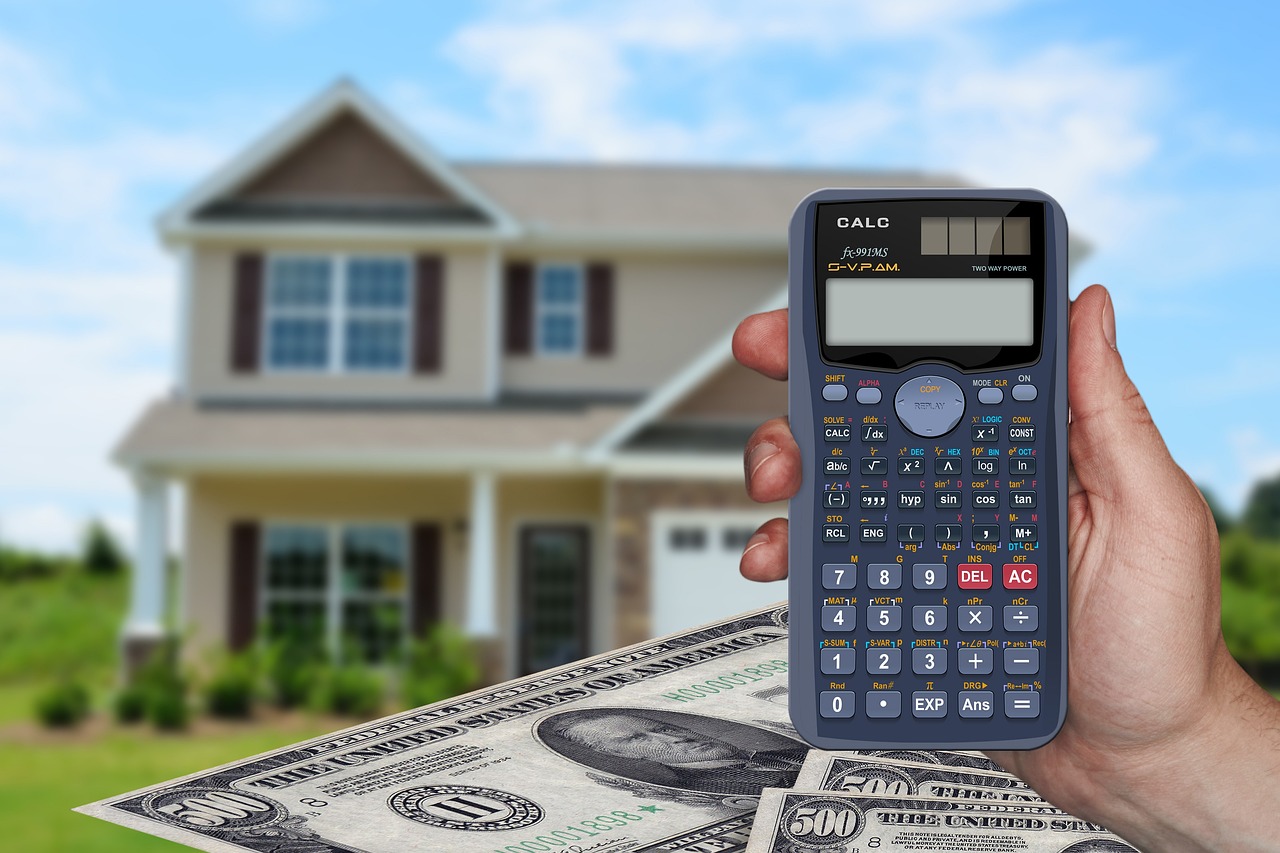Home Value Explained: Practical Guide to Property Valuation
Learn how home value is determined and what influences property valuation. This guide breaks down essential factors—location, condition, market trends—explains valuation tools from online estimates to professional appraisals, and offers actionable tips to boost your home’s worth for better selling, refinancing, or tax planning. Understand the process to make smarter real estate decisions.

Understanding how much a home is worth involves more than a single number. Whether you’re preparing to sell, considering refinancing, or simply tracking your investment, knowing the methods and factors that shape property value helps you make informed choices and spot opportunities to increase equity.
Key factors that drive a home’s value
Location is the most influential element in property valuation. Neighborhood reputation, school districts, commute times, and proximity to shops, parks, and public transit all affect desirability. Even small differences in street or block can influence price significantly.
The house itself also plays a major role. Age, architectural style, size, number of bedrooms and bathrooms, and the overall state of repair are obvious determinants. Modern, energy-efficient systems and high-quality finishes tend to command higher prices, while deferred maintenance and outdated layouts can suppress value.
Market conditions shape values over time. Supply and demand balance, prevailing interest rates, local employment trends, and broader economic health can push prices up or down. Seasonal patterns and recent comparable sales in the area are often decisive when setting an asking price or estimating current worth.
Tools available for estimating home value
A range of valuation tools exists, from quick online estimators to in-depth professional reports. Automated valuation models (AVMs) power many online calculators; they combine public records, recent sale prices, and statistical modeling to produce an instant estimate. These services give a helpful ballpark figure but can miss specifics like recent renovations, unique property features, or local market quirks.
Comparative Market Analyses (CMAs), performed by real estate agents, compare your home to similar nearby properties recently sold or listed. CMAs factor in neighborhood trends and an agent’s local knowledge, often creating a more realistic market price than a pure algorithm.
Licensed appraisers provide formal, third-party valuations used for mortgages and legal matters. An appraisal typically includes an on-site inspection, adjustments for comparable sales, and a written report that lenders accept as authoritative.
Professional valuation services and typical costs
| Service Type | Provider | Cost Estimation |
|---|---|---|
| Online Home Value Tool | Various (e.g., Zillow, Redfin) | Free |
| Professional Appraisal | Licensed Appraiser | $300–$600 |
| Comparative Market Analysis | Real Estate Agent | Usually Free |
| Full Property Assessment | Certified Assessor | $400–$800 |
Prices and cost estimates in this table are based on commonly reported figures and may change. Conduct independent research before making financial decisions.
How professionals arrive at a value
Appraisers typically combine three approaches: the sales comparison approach (looking at similar recent sales), the cost approach (estimating replacement cost minus depreciation), and the income approach (used mainly for rental properties, based on potential earnings). For most single-family homes, the sales comparison approach is the primary method.
Real estate agents rely on CMAs and intimate neighborhood knowledge to price homes competitively. They consider current listings, pending sales, and properties that failed to sell—offering insight into buyer appetite and pricing sensitivity.
Assessors working for local governments produce valuations for tax purposes using standardized methods and schedules; these assessments may differ from market value and are adjusted on a regular cycle.
Practical strategies to increase your home’s value
Not every improvement returns the same value. Prioritize projects with proven ROI:
- Kitchen updates: Modernizing appliances, surfaces, and cabinetry can yield high returns. Even modest refreshes often attract buyers.
- Bathroom renovations: New fixtures, improved lighting, or redoing flooring and tile can make a strong impression.
- Energy efficiency: Upgrading insulation, windows, HVAC systems, or adding smart thermostats reduces operating costs and appeals to eco-conscious buyers.
- Routine maintenance: Address roof repairs, leaks, paint, and landscaping. A well-maintained property signals fewer immediate expenses to potential buyers.
Avoid over-customizing or investing in niche upgrades that only appeal to a small audience. Before starting major work, research comparable homes in your market to see which features buyers value most.
When and why to monitor your home’s value
Keeping an eye on your property’s value matters for several reasons: ensuring adequate homeowners insurance, checking property tax assessments, evaluating refinance opportunities, and timing a sale to maximize proceeds. Regularly reviewing local market trends, watching recent sales, and using multiple valuation methods (online tools, CMAs, and appraisals) will give you a clearer picture.
If you intend to refinance, get a current appraisal or lender-approved AVM to determine eligibility and potential savings. When selling, consult an experienced agent for a market-driven listing price and staging recommendations to enhance appeal.
Final considerations
Valuing a home is both art and science: algorithms and comparable sales provide a quantitative baseline, while condition, upgrades, and local market sentiment add qualitative nuance. Use online estimates as a starting point, lean on CMAs for market context, and enlist a licensed appraiser when you need an authoritative valuation. Thoughtful improvements and regular monitoring can protect and grow your equity, helping you make smarter real estate decisions.






